Green manure: Health for the soil
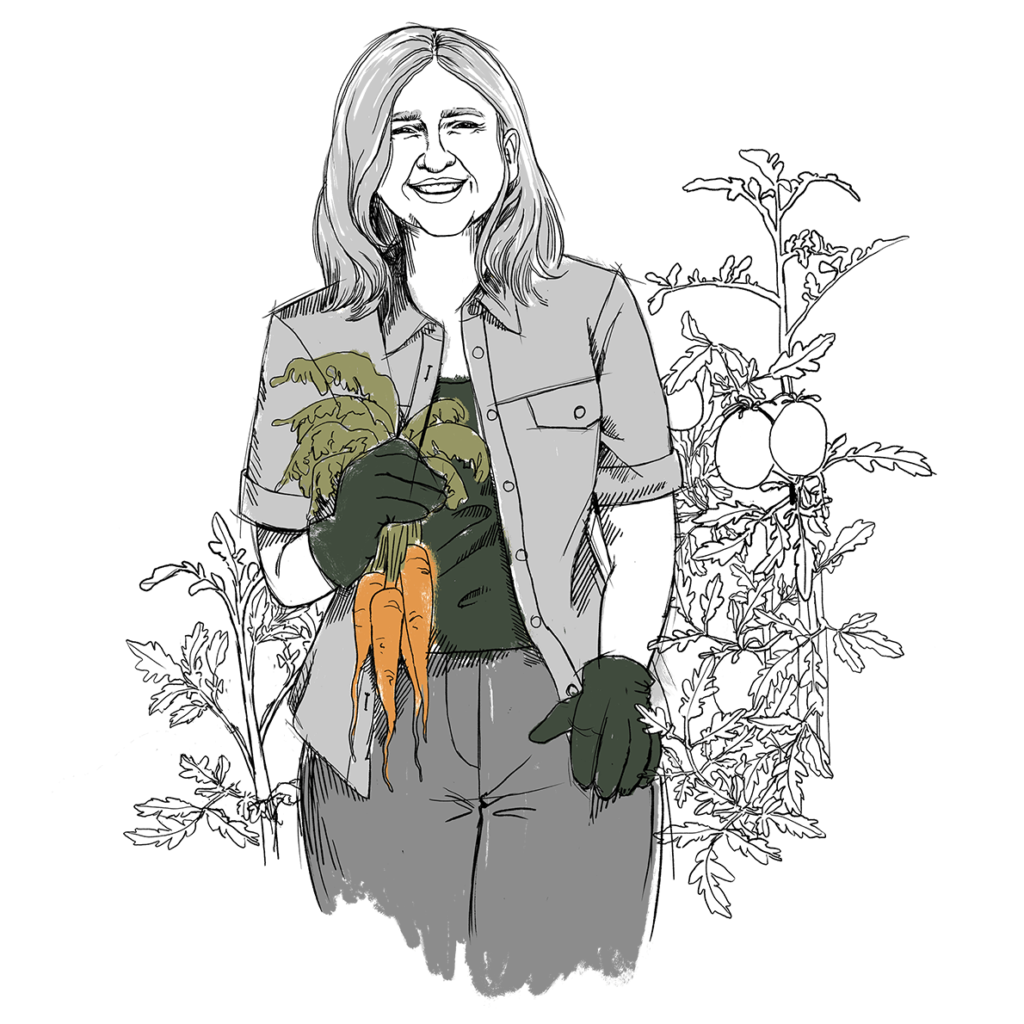
In Organic agriculture it is a fixed component, not yet very common in the home garden – green manure.
Our ancestors already knew in ancient Rome that the cultivation of certain plant species increases the fertility and vitality of soils. You can also use green manure in the home garden or even on the balcony.
This is what green manure is all about
Green manure is the targeted cultivation of certain plants in order to protect and improve our soil. Green manure is cultivated when there are no other plants in the bed – for example, in the fall, after you have harvested all the pepper or tomato plants. Green manure makes your garden and your vegetable patch more fertile – you can even eat some green manure plants. Or put them in the vase. Cultivating green manure regularly increases the fertility and health of your soil and makes subsequent plants grow better.
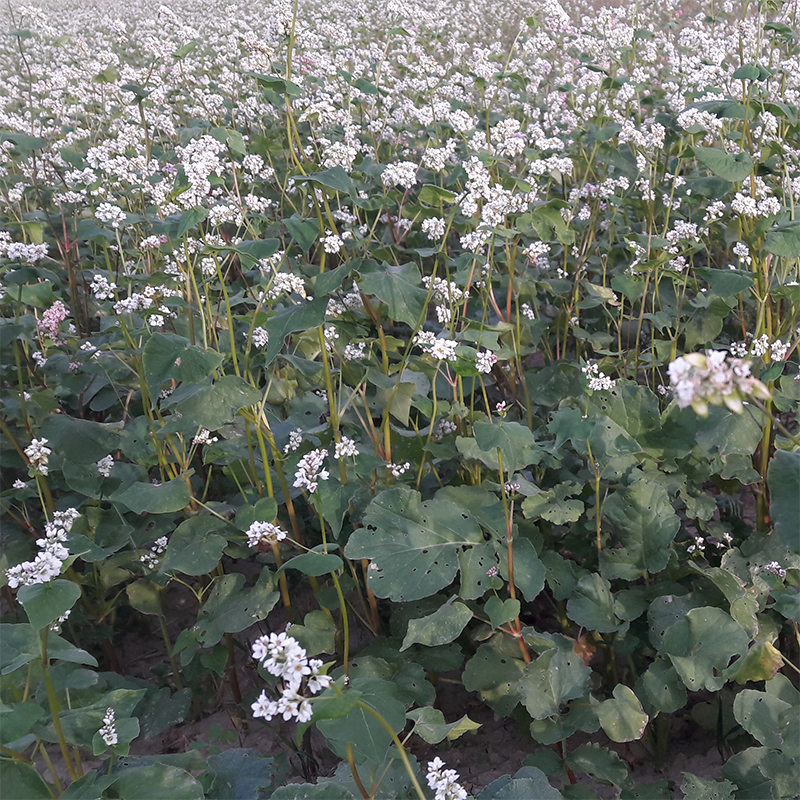
What green manure does for your garden
No problem for your beds: rain, wind and extreme heat
A big issue not only in agriculture: rain and wind wash and blow small and tiny particles of earth off the bare ground. This causes the good humus to disappear from the beds. The soil loses its fertility – in other words, the food for the plants. On hot days the sun dries out the soil – cracks and furrows appear. If it rains again, the hard soil can no longer absorb the water and more humus is washed away.
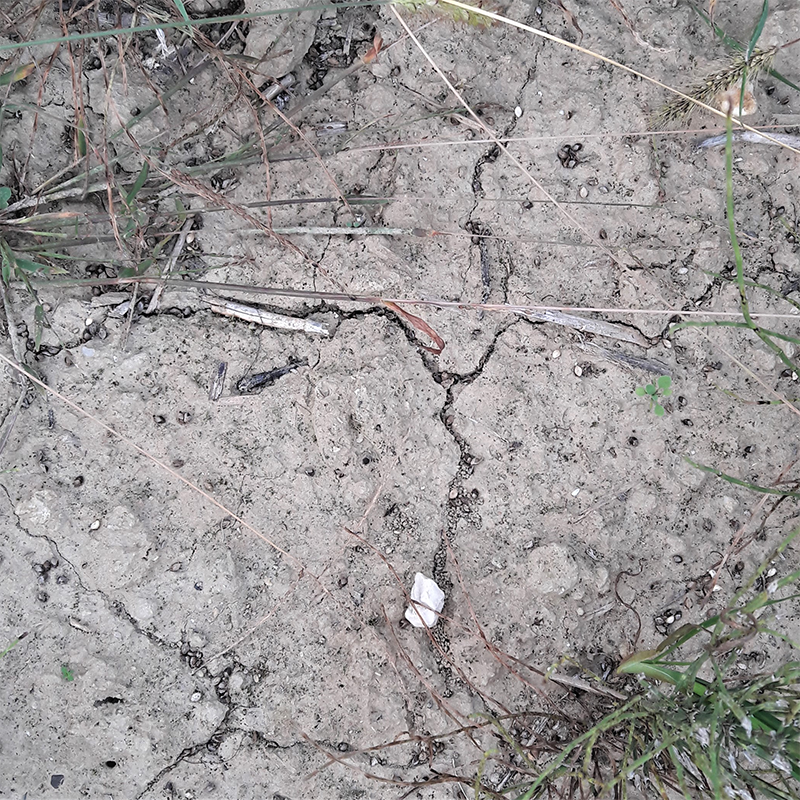
The result in agriculture: our crops are grown with a lot of artificial fertilizers and chemical pesticides. The soil alone can no longer feed them.
In the garden: even here you need extra fertilizer when the soil is exhausted.
Green manure covers the soil and thus protects it from various weather events. The leaves of green manure plants slow down raindrops and prevent them from hitting the ground. The leaf canopy also prevents strong winds and hot sunrays from reaching the ground. This preserves the small soil crumbs and the loose soil structure.
Loose, airy and firm: only roots can do it
Below the earth’s surface, the roots of the green manure plants provide for consolidation and stabilization of the soil – and simultaneous loosening and aeration. This may sound like a contradiction, but it is not. The loose upper humus layer is held together by numerous, closely interwoven roots. The strong roots, on the other hand, which grow further down, break up underlying, compacted soil layers and loosen them up deeply. This allows more air to enter the soil, water can seep away more easily and waterlogging is avoided.
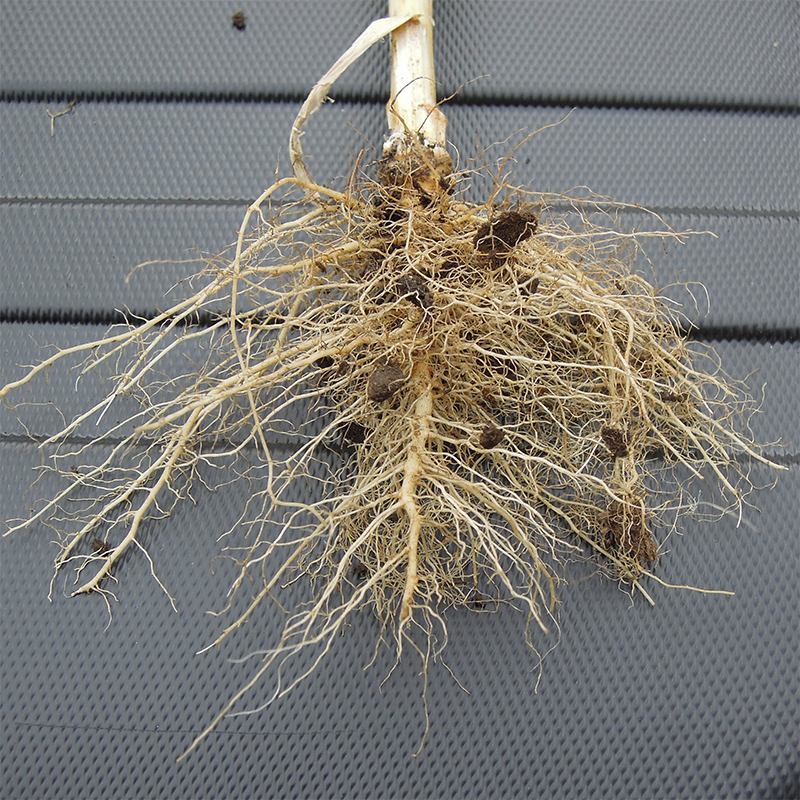
If you grow vegetables or flowers after green manure, you have done them a great favor: they are much easier to root in the loosened soil. Their roots can now grow further and deeper, the plants develop much more splendidly and healthily.
Food for your plants: hold on to them instead of losing them to groundwater
Especially in the winter months, fallow land is threatened by nutrient leaching. These lie as molecules in various chemical compounds in the earth and are “freely” mobile there. When it rains, they are washed deeper and deeper into the soil until they finally end up in the groundwater and pollute it. Nitrate and phosphate in particular are still a major problem – especially where a lot of artificial fertilizer is used.
The green manure plants, on the other hand, absorb the free nutrients and store them in all their organs – i.e. in roots, stems and leaves. They thus serve as a buffer, which safely stores food for the following plants.
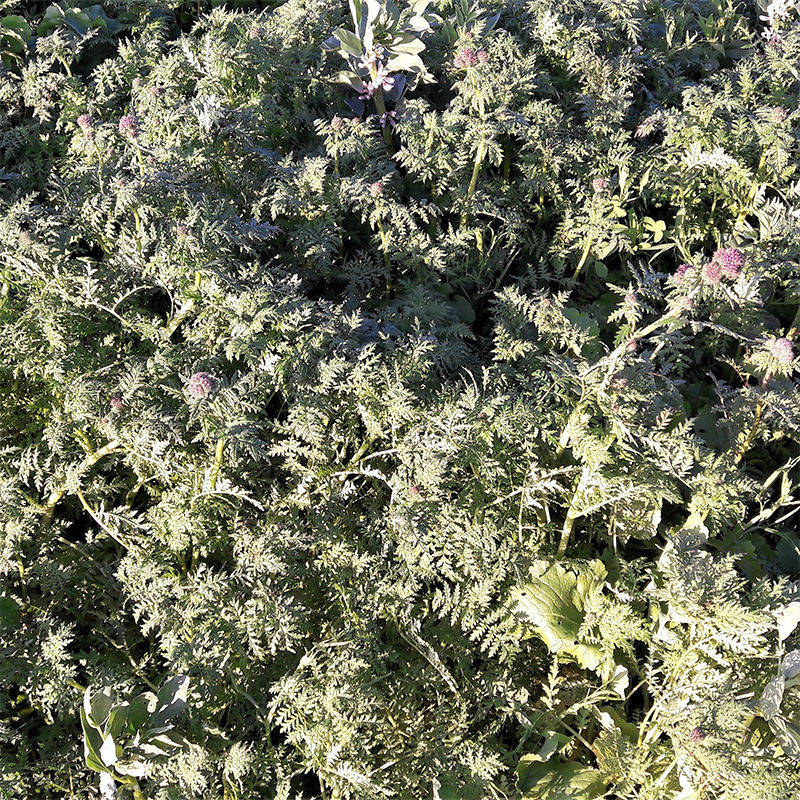
And this is how the green manure plants release the nutrients again:
- Cut off the green manure when it has grown properly – before or during flowering. In this way you prevent the green manure from sowing itself and becoming weeds. Plants that are not frost-resistant will freeze over the winter.
- Leave the cut or frozen parts of the plant on the bed. If they are very large, simply chop everything up with garden shears.
- The roots remain in the soil – they rot by themselves. The cut-off plants are like a mulch layer – they protect the soil and the soil animals in it.
- Earthworms, springtails and many microorganisms now get to work: they gradually take plant remains into the soil, eat and digest them and build up a nutrient-rich humus layer with them.
- The nutrients are available to the next plants, and the cycle is complete.
Superpower of beans and peas
Plants from the papilionaceous family have a very special position. These are for example (field) beans, peas, but also clover and lupines. They have allied themselves with bacteria that live at their roots and can bind nitrogen from the air. For this service, the bacteria receive sugar and other food from peas and co. If the pea plants are cut off, they make the nitrogen available to the following plants.
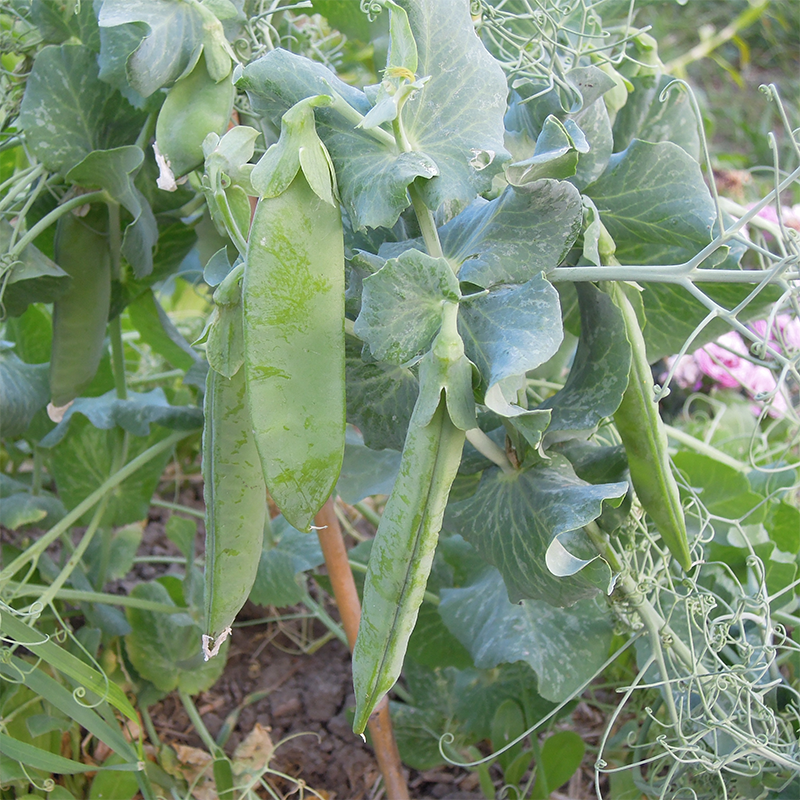
Bonus: there is also something to snack on :)
Don’t give weeds a chance
Always grow green manure if you do not plant a bed for several weeks. In this way you prevent unwanted, stubborn weeds from spreading and save yourself the trouble of weeding later.
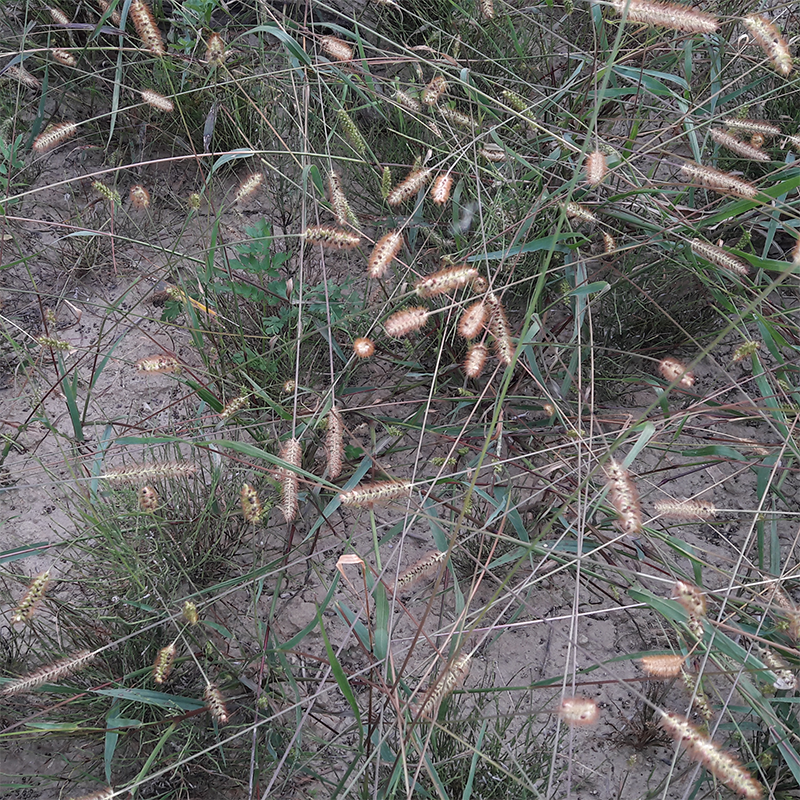
prevent this with green manure
The best green manure plants for the garden
You can easily grow the following plants in your garden – and most of them can even be used as ornaments or tasty vegetables.
Buckwheat
You can sow it in the period from May to August. For example, before planting a new lawn or after vegetables. Buckwheat develops quickly and leaves no room for weeds. The flowers form after about 5 weeks and remain for a few weeks. This makes buckwheat a valuable bee pasture until autumn.
-
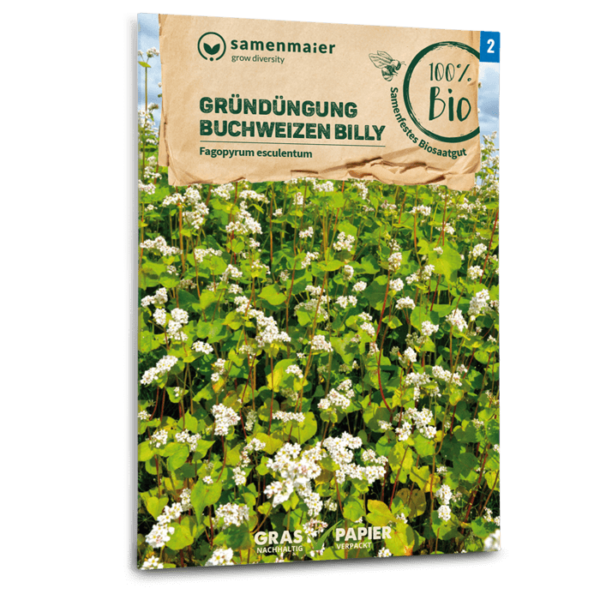 Organic Green manure Buckwheat Billy€ 2.99
Organic Green manure Buckwheat Billy€ 2.99incl. 13% VAT
Keine Versandkosten ab € 20 Warenkorb
Lupines
Lupines help you to loosen compacted soil. They have taproots up to 2 meters long, with which they penetrate into deeper soil layers and break up encrustations and compaction. Lupines form a lot of organic mass and as legumes they enrich the soil with nitrogen. Lupines do not only decorate your garden, in a vase they decorate your house. Sowing is possible from April to August.
-
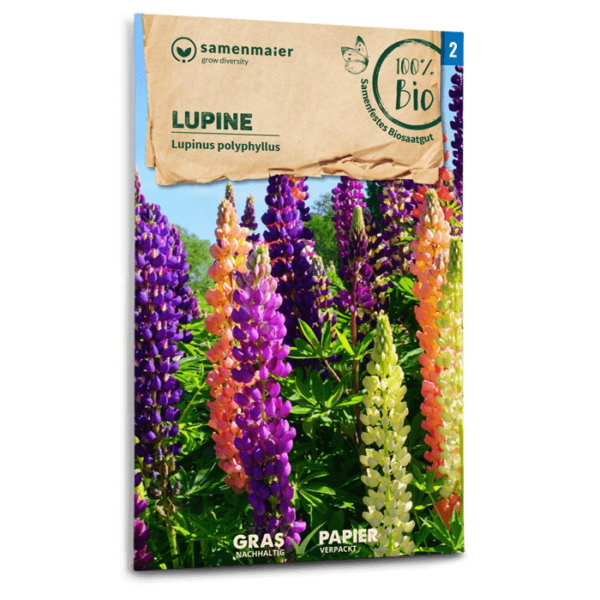 Organic Lupine€ 2.99
Organic Lupine€ 2.99incl. 13% VAT
Keine Versandkosten ab € 20 Warenkorb
Phacelia
Phacelia is an undemanding green manure plant that grows best on heavier soils. It also thrives well in the shade, pests avoid it. Because it is an excellent bee pasture, Phacelia is also known as ‘bee lover’. You can sow it from April to September. Its green mass quickly covers the soil, shades it and suppresses weeds. Its strongly branched roots improve the soil structure considerably.
-
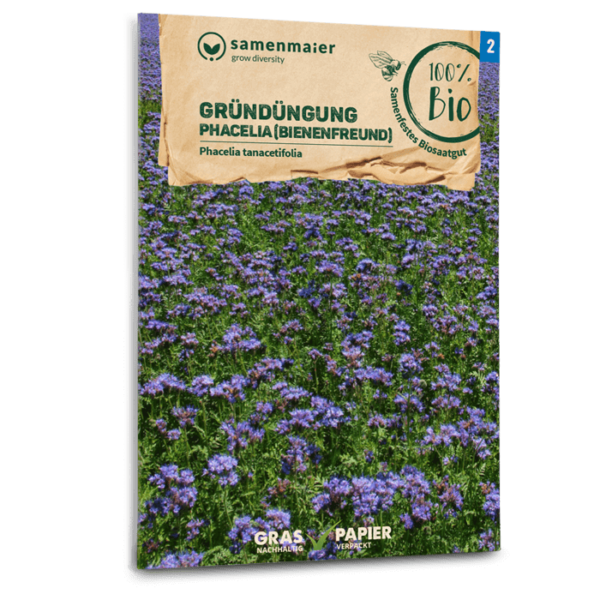 Organic green fertilizer Phacelia (bee-friendly)€ 2.99
Organic green fertilizer Phacelia (bee-friendly)€ 2.99incl. 13% VAT
Keine Versandkosten ab € 20 Warenkorb
Peas
Grow peas either directly in spring (March/April) or in autumn (August/September). The peas accumulate nitrogen from the air and loosen the soil. In June you can harvest the ripe peas. In autumn, the small round pulses do not ripen, but the shoot tips are also delicious. Try them as an addition to salads or in wok.
-
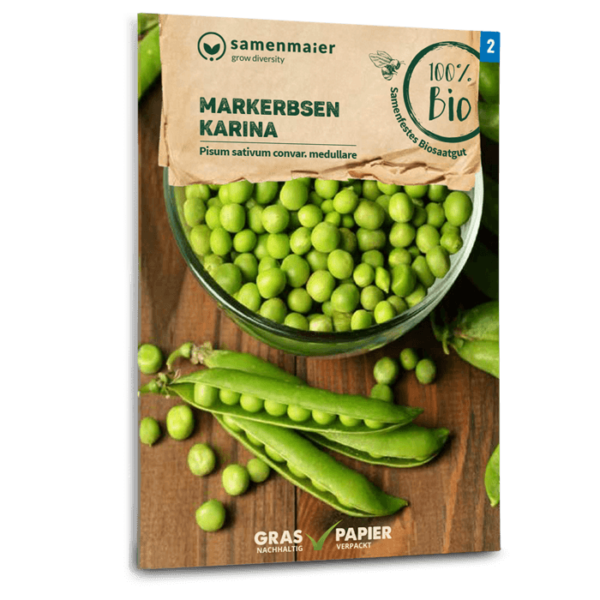 wrinkled peas Karina€ 2.99
wrinkled peas Karina€ 2.99incl. 10% VAT
Keine Versandkosten ab € 20 Warenkorb
Spinach
Spinach is the classic ground cover plant for winter. It is absolutely hardy and covers every soil well. The roots of spinach form saponins, which are soap-like substances that have a positive effect on soil life. The saponins also promote the water storage capacity of the soil. Cultivate spinach as green manure for winter from the end of August to the end of September. Of course you can also harvest spinach for the kitchen, but leave its roots and plant remains on the bed.
-
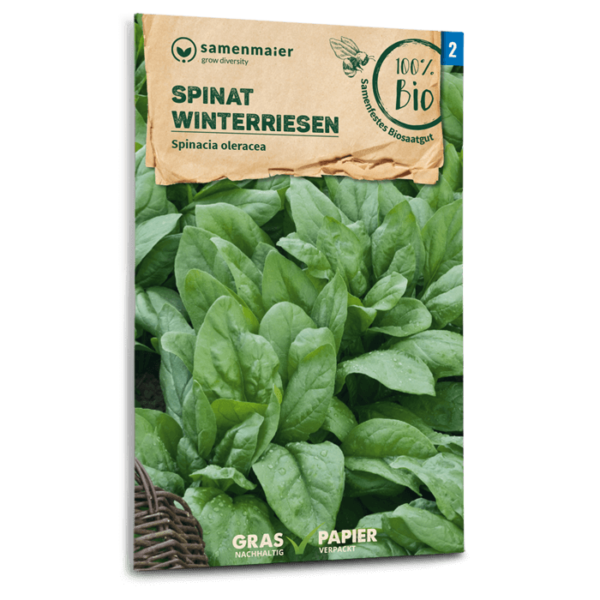 Organic spinach winter giant€ 2.99
Organic spinach winter giant€ 2.99incl. 13% VAT
Keine Versandkosten ab € 20 Warenkorb
-
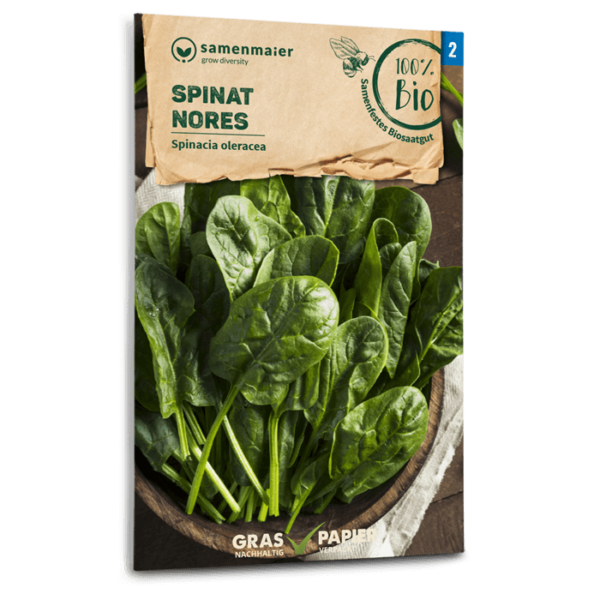 Organic Spinach Nores€ 2.99
Organic Spinach Nores€ 2.99incl. 13% VAT
Keine Versandkosten ab € 20 Warenkorb
Article: DI Doris Kampas
Photo credits: bio-garten




